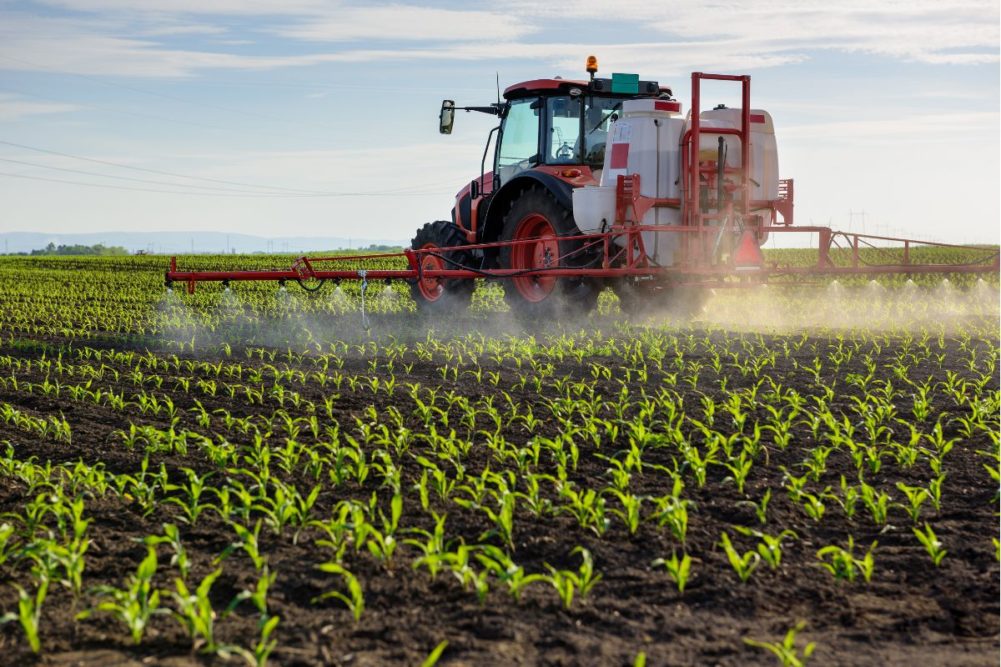EDINBURGH, SCOTLAND — Rising energy and fertilizer prices will have the greatest impact on food security in coming decades, according to a modeling study led by the School of GeoSciences at the University of Edinburgh.
Researchers used a global land use computer model to simulate the effects of export restrictions and spikes in production costs on food prices, health and land use until 2040.
Their simulations suggest the combined effect of export restrictions, increased energy costs and mid-2022 fertilizer prices — which are three times higher than at the start of the previous year — could cause food costs to rise by 81% in 2023 compared to 2021 levels.
“This could be the end of an era of cheap food,” said Peter Alexander with the School of GeoSciences. “While almost everyone will feel the effects of that on their weekly shop, it’s the poorest people in society, who may already struggle to afford enough healthy food, who will be hit hardest.”
Restrictions on exports account for only a small fraction of the simulated price rises, the researchers said. Halting exports from Russian and Ukraine would increase food costs in 2023 by 2.6%, while spikes in energy and fertilizer prices would cause a 74% rise.
Food price rises would lead to many people’s diets becoming poorer, researchers said.
The findings suggest there could be up to one million additional deaths and more than 100 million people undernourished if high fertilizer prices continue. The greatest increases in deaths would be in Sub-Saharan Africa, North Africa and the Middle East.
“The Black Sea Grain Initiative is a welcome development and has largely allowed Ukraine food exports to be re-established, but the immediacy of these issues appears to have diverted attention away from the impact of fertilizer prices,” Alexander said. “While fertilizer prices are coming down from the peaks of earlier this year, they remain high and this may still feed through to continued high food price inflation in 2023. More needs to be done to break the link between higher food prices and harm to human health and the environment.”
The modeling estimates that sharp increases in the cost of fertilizers — which are key to producing high yields — would greatly reduce their use by farmers. Without fertilizers, more agricultural land is needed to produce the world’s food, researchers said.
The simulations indicate that by 2030 this could increase agricultural land by an area the size of much of Western Europe — Belgium, France, Germany, Ireland, Italy, Netherlands, Portugal, Spain and the UK.
This would have severe impacts on deforestation, carbon emissions and biodiversity loss, they said.
The study was published in the journal Nature Food. It also involved researchers from Karlsruhe Institute of Technology in Germany, Rutgers University in the United States and the University of Aberdeen.




